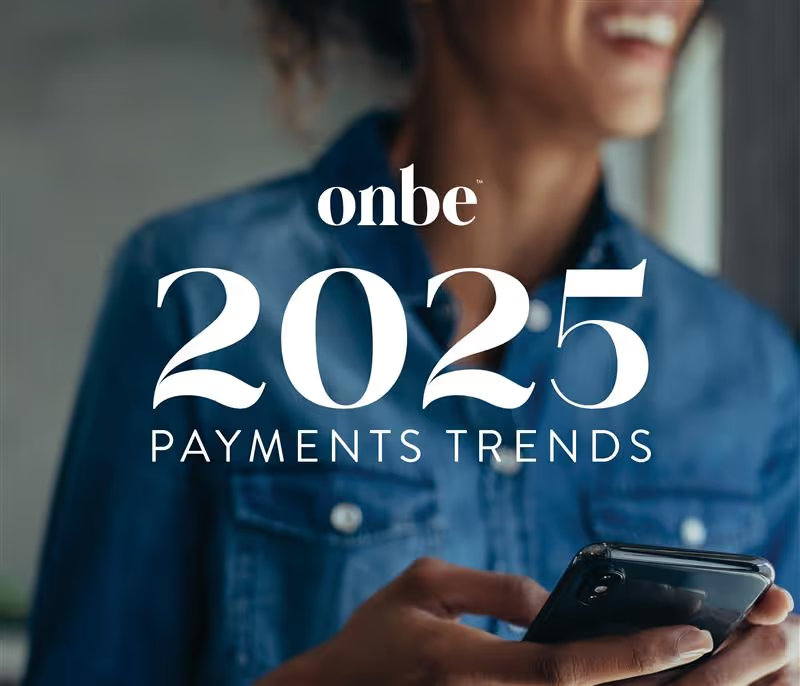Influencing Millennials and Gen Zers—and Winning Their Loyalty—Calls for A Personal Approach
Discover the keys to capturing the loyalty of Millennials and Gen Zers. Explore the power of a personalized approach in influencing the younger generation.

The oldest Gen Zers are already hitting the job market, and millennials are gaining more purchasing power by the minute as they overtake Baby Boomers in population size. So, how do brands adapt their approaches to reach these similar yet distinct generations, gain their loyalty, and influence their purchase decisions? That’s what Onbe set out to learn in our 2021 Brand Loyalty and Influencer Survey. What we discovered was that connecting with the under-40 consumer calls for a strategy that feels more personal, specific, and attuned to how these digital-first generations learn about and engage with brands.
79% of Gen Z and 70% of millennials have made a purchase based on an influencer’s recommendation and ~50% of both groups said they’ve switched brands after an influencer’s recommendation
Our survey results supported one long-term trend, in particular: the growing popularity of influencer marketing. Influencers are trusted online personalities who integrate brand content, such as product test-runs and reviews, with their own original content for an approach to marketing that feels more like recommendations from a friend than traditional advertising. Given the popularity of this tactic, it’s no surprise that the global influencer economy more than doubled between 2019 and 2021, reaching USD 13.8 billion.
In many ways, millennials and Zers are similar in how they respond to influencers via social channels. The majority of our survey takers in each generation said they’ve made a purchase decision based on an influencer’s recommendation, though 79% of Zers made this claim compared to 70% of millennials. In both groups, about 50% said they’ve even switched brands—say, from Nike to Adidas—because of an influencer. And for both generations, Instagram was the most popular platform for making influencer-inspired purchases.
91% of both groups said they are likely or very likely to spend a reward payment with the same brand that gave the incentive
We also found that the drive for more targeted content was not just limited to the influencer sphere. 80% of respondents from both generations said that receiving special offers from a brand would make them more loyal, suggesting that companies need to do more to get tailored promotions in the hands of young consumers. A key time to do that is when delivering a rebate or reward. Both groups—48% of millennials and 45% of Zers—said they’d most like to receive coupons for future purchases along with their reward payment. Digital payments, in particular, make it easy to include special offers and customize the experience for recipients, helping to drive spendback. In fact, about 91% of respondents from both generations said they are likely or very likely to spend a reward payment with the same brand that gave the incentive.
Where millennials and Gen Zers differ slightly is when it comes to their values when vetting brands and buys. For both groups, price was the top consideration during a purchase, but 7% more millennials said price was most important. Gen Z was also more likely to say that ethical production, such as sustainability and fair labor practices, was the key factor when deciding on a purchase. This tracks with findings from the Pew Research Center that suggest Gen Zers are slightly more politically engaged with issues such as climate change—although millennials also stand out for their activism.
Reaching under-40 audiences and winning their loyalty means brands need to not only align their digital marketing efforts with their values and preferences, but do so in a highly personalized way. Again, that means leveraging social influencers to connect with niche audiences and ensuring offers and promotions feel relevant by basing them on past purchasing behaviors. Making sure their experiences with your brand are as personal and connected as possible will go a long way toward building lasting relationships with consumers whose own power of influence is growing by the day.
by Kevin Brown, Chief Marketing Officer
At Onbe, Kevin is all about connecting the dots—and finding that sweet spot where marketing, strategy, and technology come together to deliver the fintech products of tomorrow.
Suggested Posts
Talk to a payment expert
Ready to learn more? Let's connect to discuss our payout options.











